In the coming years, NASA’s Project Artemis will send astronauts to the Moon for the first time in fifty years. In the years that follow, NASA and the European Space Agency (ESA) also hope to build a spiritual successor to the ISS – the international lunar village around the Moon’s southern pole.
With multiple space agencies looking to build bases and private aerospace companies like SpaceX and Blue Origin hoping to make lunar tourism a reality, the message is clear: We’re going back to the Moon. And this time, we plan on staying!
But what about the long-term? What about a lunar colony where us regular folk can live, work, and become the first “Selenians” (or “Lunites”, “Lunarians”, “Loonies”, etc.). It’s been explored extensively in science fiction, but how about for real? Could it be done?
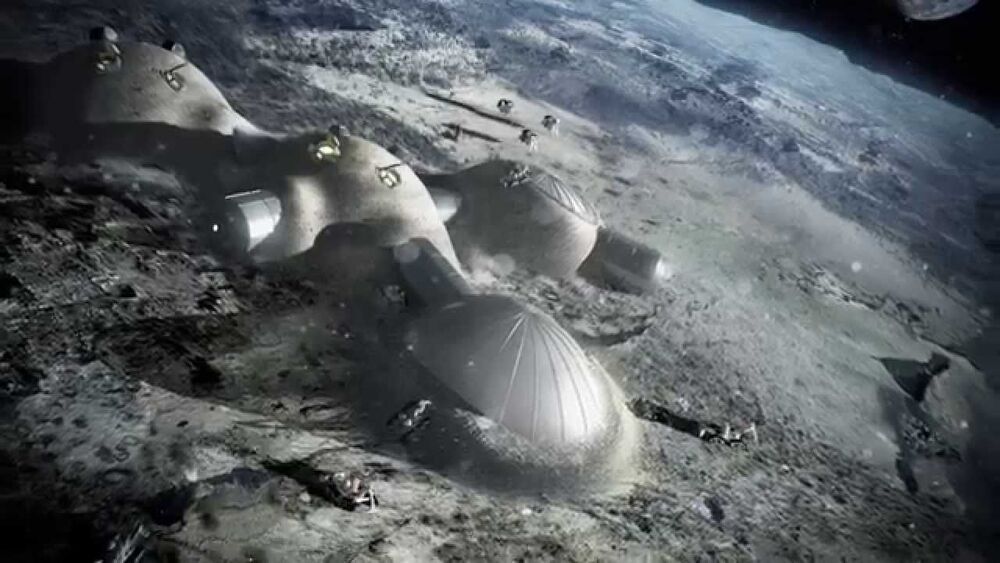
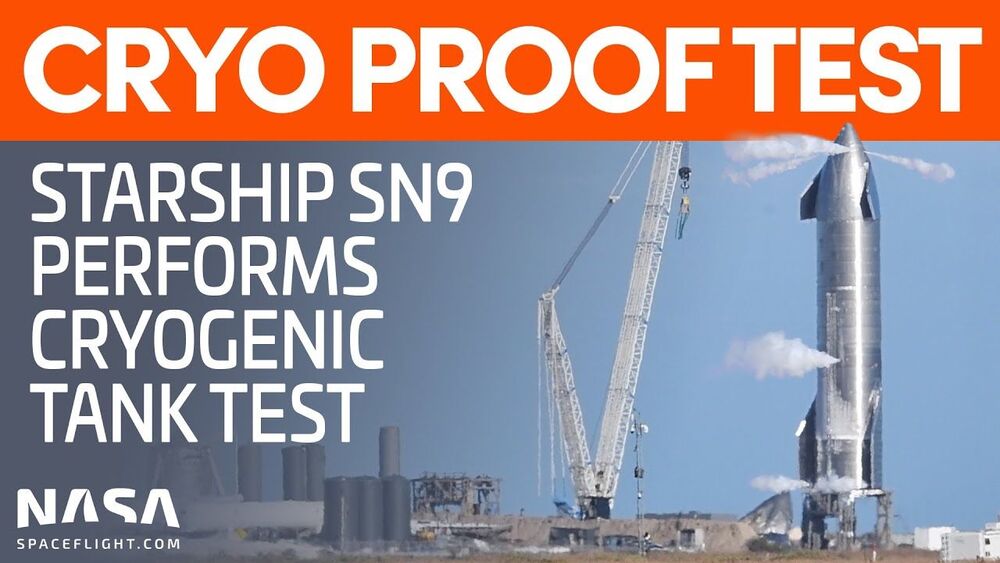


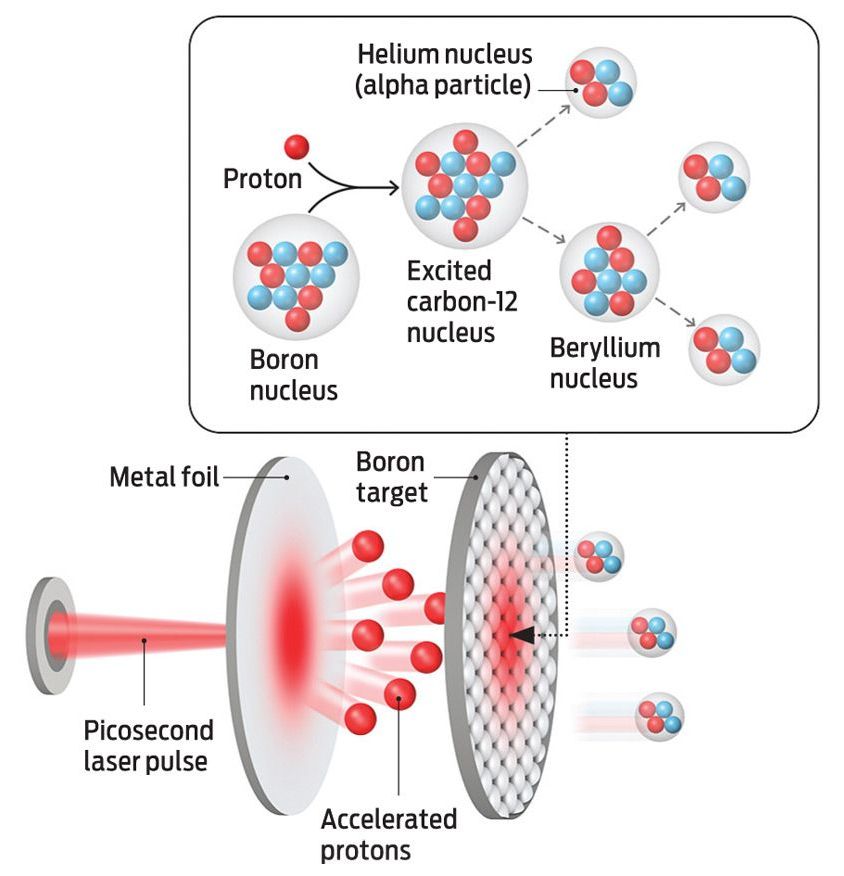



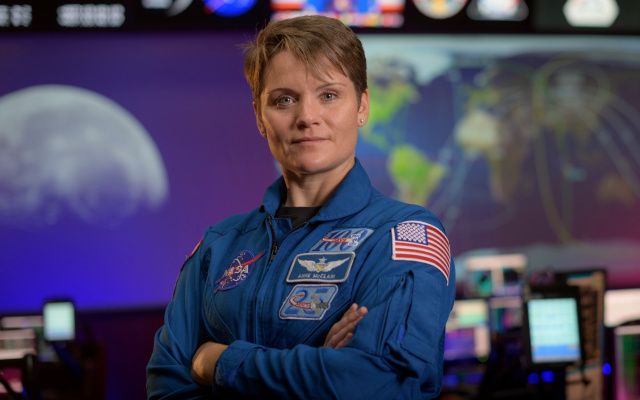
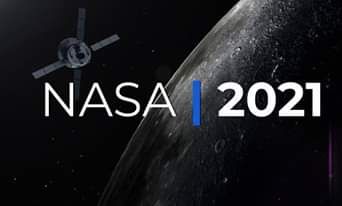

 Send the first NASA’s Artemis Program mission to the Moon.
Send the first NASA’s Artemis Program mission to the Moon.
 Launch NASA’s James Webb Space Telescope into space.
Launch NASA’s James Webb Space Telescope into space.
 Achieve a #CountdownToMars landing.
Achieve a #CountdownToMars landing.